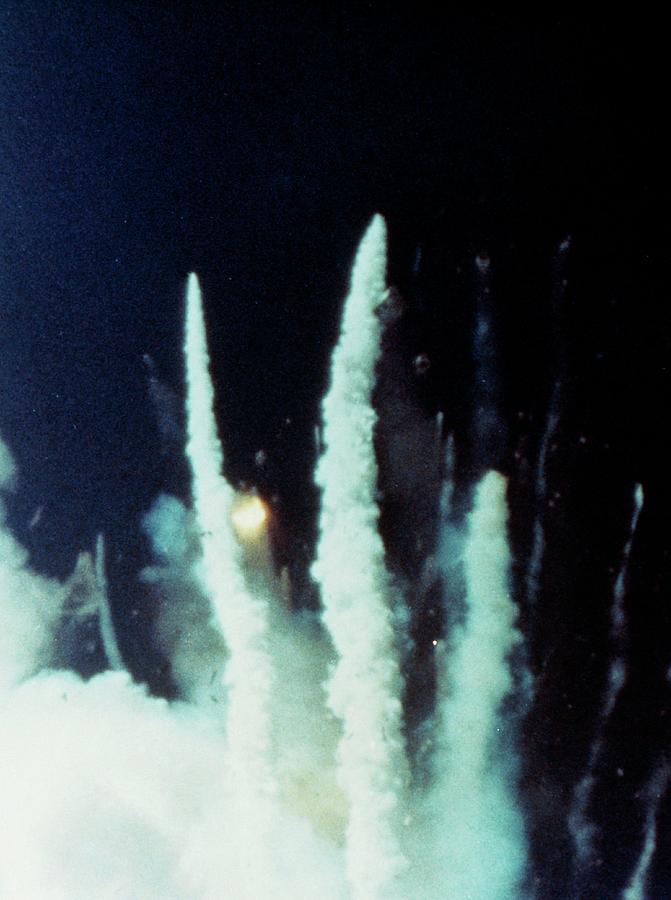

But Moore refused to speculate on when the next shuttle might be launched. The loss of Challenger and its crew is expected to stall America’s space program for some time. “Flight safety is our number one priority,” he said. Moore also said there was no pressure on NASA to get the flight off the ground Tuesday. Moore stressed several times during his press conference that “we thought everything was in good shape for launch this morning.”įreezing temperatures had caused ice to form on the launch pad, but Moore said it never threatened the launch, the first from the rebuilt second launch pad, 39B. John Shults, who was in NASA’s control room at the time of the explosion, said his operation “was pure depression,” the “Oh, my God,” repeated over and over. Harrington, chief of shuttle Integration, NASA headquarters.Īir Force Col.

Walt Williams, former chief NASA engineer and now a consultant James C. Smith, director of the Kennedy Space Center Arnold Aldridge, manager of the national space transportation system, Johnson Space Center, Houston William Lucas, director of the Marshall Space Flight Center, Huntsville, Ala. Moore said he would direct an interim investigation committee that would gather launch data, photographs and notes from the launch team.Īppointed to the committee by Acting NASA Administrator William Graham were: Richard G. The accident forced NASA to suspend all operations pending the outcome of the investigation. McAuliffe had prepared two lessons for public television to be broadcast from space for in-school classes on day four of the scheduled six-day mission. She was selected from among 11,000 applicants to NASA’s nationwide search for a teacher to fly in space, part of the space agency’s Space Flight Participant Program. Most of the attention on this flight was focused on McAuliffe, a social studies teacher at Concord High School in New Hampshire. Jarvis, 41, a payload specialist who joined the space program in 1984, was making his first spaceflight. Onizuka, 39, was a mission specialist on Discovery in January 1985. McNair, 35, also a mission specialist, was a crew member aboard Challenger in April 1984. Resnik, 36, flew aboard the shuttle Discovery in August 1984. Smith, 40, the pilot on this mission, was on his first flight. Scobee, 46, piloted Challenger on a mission in April 1984.

The search continued through the night, but officials held little hope that the crew had survived the explosion.Īt 4:30 p.m., Moore announced: “I regret that I have to report that based on very preliminary searches of the ocean where the Challenger impacted, those searches did not reveal any evidence that the crew of Challenger survived."įour of the seven crew members were veterans of previous shuttle missions. Rescue forces were dispatched but were kept from the apparent impact area for 45 minutes because of a cascade of smoking debris plummeting to the sea. Related: Photo gallery: Remembering the space shuttle Challenger


 0 kommentar(er)
0 kommentar(er)
